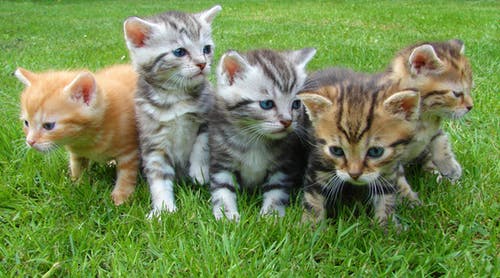
by Margejane | Cat Health, Featured
FIP, feline infectious peritonitis (FCoV) is a virus of the gastrointestinal tract. The majority of infections are either asymptomatic (no symptoms) for months or even years, or cause diarrhea.
This is very common in kittens whose maternally derived antibody decreases between 5 and 7 weeks old. The majority of cases are most prevalent in cats younger than 3 years old, and especially in kittens 4 to 16 months old.
The virus is most common where there are large groups of cats living in the same house sharing food and water dishes. Using contaminated litter scoops can transmit infected microscopic cat litter particles to uninfected cats and kittens.
Other means of ingesting or transmitting FCoV is inhaling the virus when it is shed in feces, which happens when litter boxes are shared. Another method of transmission is through different body fluids, easily spread by direct contact between cats, most commonly when an infected cat grooms an uninfected cat and the infected saliva remains on the uninfected cat. When the healthy cat grooms himself he will ingest the virus.
There are 2 types of FIP:
- Effusive (wet) FIP – the clinical sign of effusive FIP is fluid accumulating in the chest or abdomen. This can cause breathing difficulties. The cat may also experience loss of appetite, fever, diarrhea, jaundice and weight loss.
- Non-effusive (dry) FIP – Symptoms of dry FIP are the same as with wet FIP, but there is no fluid accumulation. The cat may have difficulty standing up or walking, eventually becoming paralyzed. Blindness may also occur.
Your veterinarian has multiple tests to determine if your cat is suffering from a form of FIP.
While FIP is considered fatal, there are antiviral drugs that have proven promising, such as experimental drugs, GS-441524, and GC376. As of this writing, these drugs were not yet commercially available.
Felocell is an intranasal vaccine for healthy cats 16 weeks and older to help prevent cats from contracting FIP. It is available in the U.S.
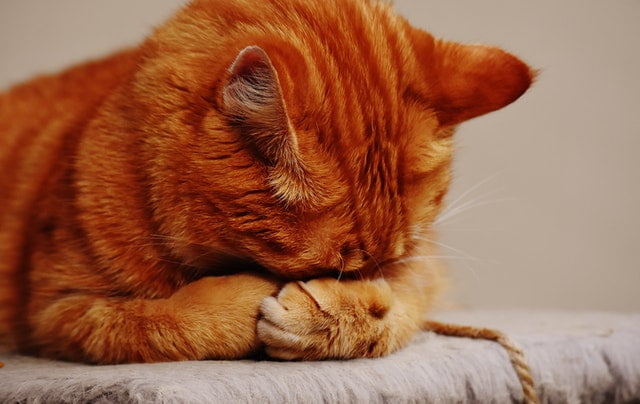
by Margejane | Cat Health
- PREPARING FOR KITTY’S ARRIVAL
So the big day has come when you are going to welcome your new kitten into your home. It is an exciting time, but it can also be a bit stressful for you and your kitty if you are not prepared. In this article, you will find some important tips to make it easier for your kitten to adapt well to your new home and family.
- Kittens are curious by nature, but they can also feel a little insecure when they arrive at their new home, so it is important to create a safe environment for them. The easiest way to achieve this is to prepare one room, preferably a spare bedroom or bathroom. The room should be equipped with a litter box, food, water, and cat toys. Your kitty may want to have somewhere to hide and escape, so it’s a good idea to prepare a covered basket or a simple cardboard box with a comfortable blanket over a pillow inside.
- It’s important to think about all those things that might tempt your kitty to investigate – scissors, string, rubberbands…things that kitty could choke on or get cut by.
- Many houseplants are toxic, so please be sure to keep plants where you are certain kitty cannot get access.
- Another basic investment you should make is to buy a scratching post and one or two scratching boards. It’s a good idea to keep a scratching board in each room that doesn’t have the scratching post. Rub some catnip on each one (most scratching boards come with some.) If you catch kitty scratching elsewhere, a firm “no” and then take the kitty to the scratching post or board and hold his paws and show him how to use it. Never ever hit or punish kitty.
- To socialize a new kitten, take a small blanket or towel and wrap your kitten in it and hold him close to you. Hold him gently but firmly, even if he squirms a lot, don’t let him go too fast, hold him for as long as possible so he gets used to the human contact. Eventually, he will get used to and enjoy this human contact.
- Cat toys – great cat toys include the “fishing rod” type, toy balls, toys stuffed with catnip, the plastic rings from milk jugs, and of course empty boxes. Kittens do love to play with string and ribbons, but please be sure to put these away when you cannot supervise, as kitty may try to swallow them and they do post a choking hazard.
Finally, the most important thing is that you have a good time! The process of getting to know and establish a bond with your pet is probably the best part of having a companion cat.
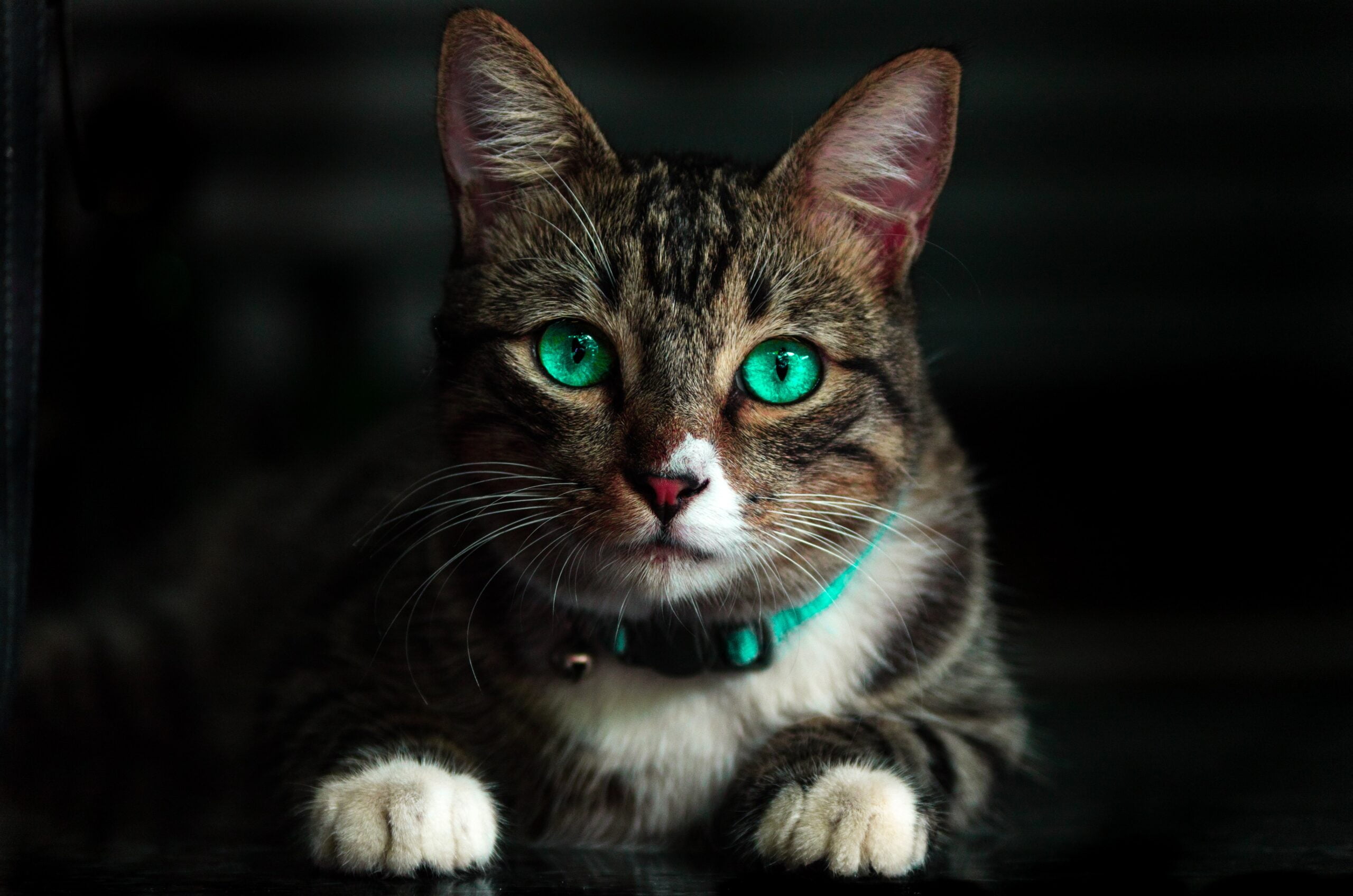
by Margejane | Cat Food & Treats, Featured
Hello cat lovers! I’m writing this today to share both my experience and also to introduce you to a line of natural cat health products that I sincerely believe can be life-changing for your precious felines.
I have five cats – Buddy, Tapas, Tanner, Tamale, and Yogurt. Yogurt is my senior cat, 17 years old. I adopted her when she was seven years old, and up until a year ago, she was in excellent health. Then she stopped eating – nothing I gave her to eat tempted her; I was at my wit’s end. I started searching online and came across a line of holistic products for cats. One of their products was for cats with kidney disease.
I ordered the Kitty Kidney Kit. It arrived quickly. To my astonishment, by the next day, Yogurt started eating again! She has had a good appetite ever since. Her recent checkup was good, and she’s maintaining her weight. She does get infusions every few days at home as well, but she had been getting them when she lost her appetite. I’ve read so many posts about cats with kidney disease, and I’m hoping those of you with cats experiencing this problem will try the Kitty Kidney Kit.
There are products for virtually all of the most common cat conditions. If you have an aggressive and/or anxious cat, then Cat Calm works wonders.
If your cat suffers from allergies, it’s important to determine the culprit by elimination, and that may solve the problem. Oxy-Cat and Catalyst can help boost your cat’s immune system conquer allergies head-on!
Now here’s one that most people laugh about when I talk about it…acne? On a cat? Well, I might not have believed it myself had it not been for a cat I had years ago, Boots. Boots developed what I thought was a nasty rash. My vet told me it was acne! So now you know. I had been feeding him out of plastic dishes — that is a no-no! Always use ceramic or stainless steel bowls and treat the acne both topically and internally with Oxy-Cat.
Is your kitty anxious or stressed? Cat Calm is a wonderful stress reliever without chemical-based anxiety medications. It also helps with stress-induced conditions such as Feline Idiopathic cystitis and more.
One of the biggest health issues I hear about is feline diabetes. While there is no cure for diabetes, CatAlyst Antioxidant Formula does wonders for diabetic cats!
One of the most common problems cats experience is hairballs. The enzymes in CatAlyst help by breaking down ingested hairs and also strengthening your cat’s coat and reducing excess shedding. All I know is, my cats rarely have hairballs.
Feline diarrhea – I think It’s safe to say anyone who’s ever had a cat has experienced this problem with their kitty. Of course, if something serious is suspected, take the kitty to the vet, but CatALyst can help ease the discomfort by helping your cat to better digest and utilize the nutrients within the food. Another great product, Oxy-Cat helps with stomach acid as well as fight any possible bacterial or viral gut issues.
Feline Immunodeficiency (FIV) – One of the most well-known cat ailments. FIV is the same retrovirus as feline leukemia. Cats with FIV can live long, healthy lives with proper care, and the FeLeuk Kit can help them stay healthy. It builds the immune system and prevents intestinal viruses.
These are just a few of the conditions that the Two Crazy Cat Ladies line of health products help. Here is a list of other cat conditions these wonderful products can help:
- Aggression
- Arthritis
- Autoimmune disease
- Coccidia
- Conjunctivitis
- Cuts, sores, abrasions
- Digestive problems
- Ear mites
- Feline herpes
- Feline hyperesthesia
- Feline leukemia virus
- Fleas, ticks, mosquitoes
- Giardia
- Hookworms
- Hyperthyroidism
- Inflammation
- Irritable bowel syndrome
- Liver disease
- Pancreatitis
- Ringworm
- Roundworm
- Feline shedding
- Tapeworms
- Upper respiratory infections
- Urinary crystals
- Urinary tract infections
- Urinary inflammation
- Vomiting
And remember, all TwoCrazyCatLadies products are 100% guaranteed!
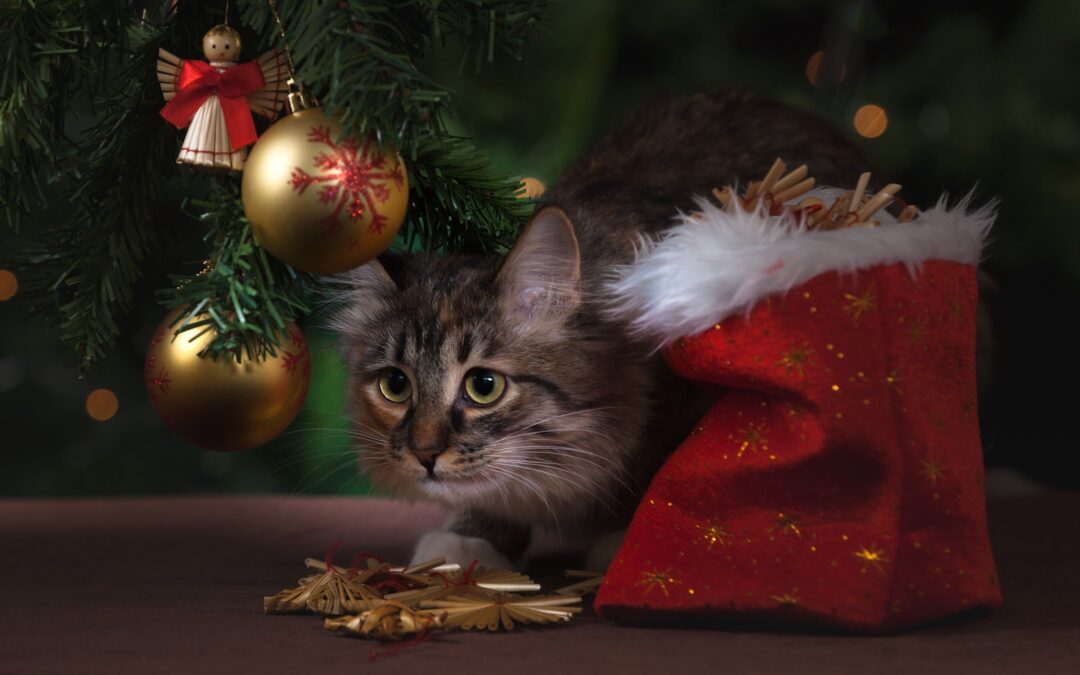
by Margejane | Cat Food & Treats
Kittens are surely one of the cutest animals on the planet. They give much joy to the families they live with. Kittens are also a big responsibility. These darling little furballs can’t take care of themselves. It takes time, effort and patience to take proper care of a kitten, but it is well worth the effort.
To help you care for your new fur baby, I’ve provided the following informative guide. If you have any further questions, please feel free to contact me at [email protected] Thank you and read on!
The type of care varies depending on a number of factors:
- Age of the kitten
- How the kitten was obtained
- The health of the kitten
One thing that is consistent in all situations – every kitten needs loving care. They need to feel safe.
Moving on…
The ideal age to adopt a kitten is 10 to 12 weeks. Some kittens get adopted as early as 6 weeks, which can result in them being fearful.
In some cases, a person may find themselves responsible for newborn kittens. It could be the result of finding stray kittens where the mother has died or abandoned her litter. There are also occasions where both the mother cat and her litter are discovered. While the mother cat is the best caregiver for the kittens, they all will still need help from us. So let’s get started, my friends!
How to take care of newborn kittens
The biggest challenge in caring for newborn kittens is in the event there is no mother involved. Newborns up to the one-week-old need to be fed every 2-3 hours. They should be weighed daily and the amount consumed at each feeding should be recorded. At 2 weeks old, kittens can be fed every 4-6 hours. After 3 weeks old until they are weaned they should be fed every 6-8 hours. Sometimes more frequent feedings are required. Your veterinarian can best advise you.
Kittens should be fed kitten formula, a kitten milk replacer (KMR), which can be purchased at most pet supply stores. You can use a syringe with a Miracle Nipple attached. This can be found in pet stores. The nipple is good if the formula should slowly drip one drop at a time. Newborn kittens have no gag reflex and it‘s important they not get too much formula at a time.
A newborn should eat about 8 milliliters (ml) of formula per ounce of body weight per day. To calculate the amount to give at each feeding, divide the total amount of formula per day by the number of feedings. Keep a log of the newborn kittens’ weight and formula consumed on a daily basis. At two weeks old kittens can be fed every 4-6 hours.
After they are 3 weeks old until they are weaned they should be fed every 6-8 hours. Sometimes extra weak kittens may need more frequent feedings; your vet is the best to advise on this. After feeding you should burp the kitten– hold the kitten upright against your shoulder and pat gently on its back. Be careful not to overfeed, as this can cause diarrhea. Kittens less than 4 weeks old will most likely go to sleep after feeding.
Older kittens may want to play.

Feeding several kittens? What seems to work best is to feed a small amount to each kitten in rotation, then repeat until they are all adequately fed.
Feed the kitten on its stomach and tilt the bottle. Feed with your dominant hand — belly down and head up. Feed very slowly – not too fast, because as mentioned above, newborn kittens have no gag reflex. Gently hold the kitten’s head up – be sure they can swallow, if not, take them to a vet immediately. If the kitten eats and then turns its head, stop the feeding. Patience is key.
Be sure to keep kittens warm – newborns cannot control their own body temperature. Place a heating pad turned on low (no more than 100 degrees) under a thick blanket or some thick towels, test the warmth and then keep the kittens on it.
Another task that needs to be done for motherless kittens is that you must stimulate the newborn kitten so it can urinate and defecate. So, after each feeding takes a cotton ball or cotton pad or tissues moistened with warm water and gently rub the kitten on its lower abdomen and the genitals and rectum. Just rub only long enough for them to urinate with each stimulation, and defecate once a day. Be careful not to overstimulate so as not to cause chafing. Make sure the area is kept clean as well.
When the kittens are about 4 weeks old, you can introduce them to a litterbox. Buy a litterbox with low enough sides for kittens to get in and out of easily. Use a non-clumping litter (kittens can sometimes nibble on litter clumps.) The kittens should catch on soon – if not, just do a scratching motion with the kitten’s paw in the litterbox.
How to care for kittens with a mother – If you find a litter of kittens alone, don’t automatically assume that their mother is not around. If the kittens are sleeping peacefully and look clean, the mother is most likely around and caring for them.
No matter how good a cat mother is, and the mother is the best caretaker of newborn kittens, both she and her litter need rescuing. Think about it – the mother cat will go into heat again, get pregnant again.
All of her kittens who survive will keep reproducing as well. TNR, or trap-neuter-release, works to help this problem of overpopulation by neutering feral cats (feral means these stray cats have not been socialized and are not adoptable).
These feral cats are also given medical treatment before they are released. It does seem sad to release them, but they are not domesticated and are not adoptable into families.
However, what the rescue group I volunteer for does to help many of these feral cats is instead of releasing all of them, we offer them to factories, farms, etc., where they are cared for and these cats are excellent at ridding properties of their rodent infestation. In some cases, these cats actually lose some of their feral ways and actually become affectionate.
Truly a win-win situation!!
How often to take kittens to your veterinarian
KITTEN VACCINATIONS

credit: Pet Education

credit: Pet Education
I hope this information has been of help to you, my wonderful readers!!
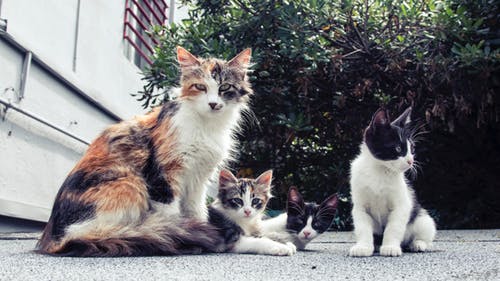








Recent Comments